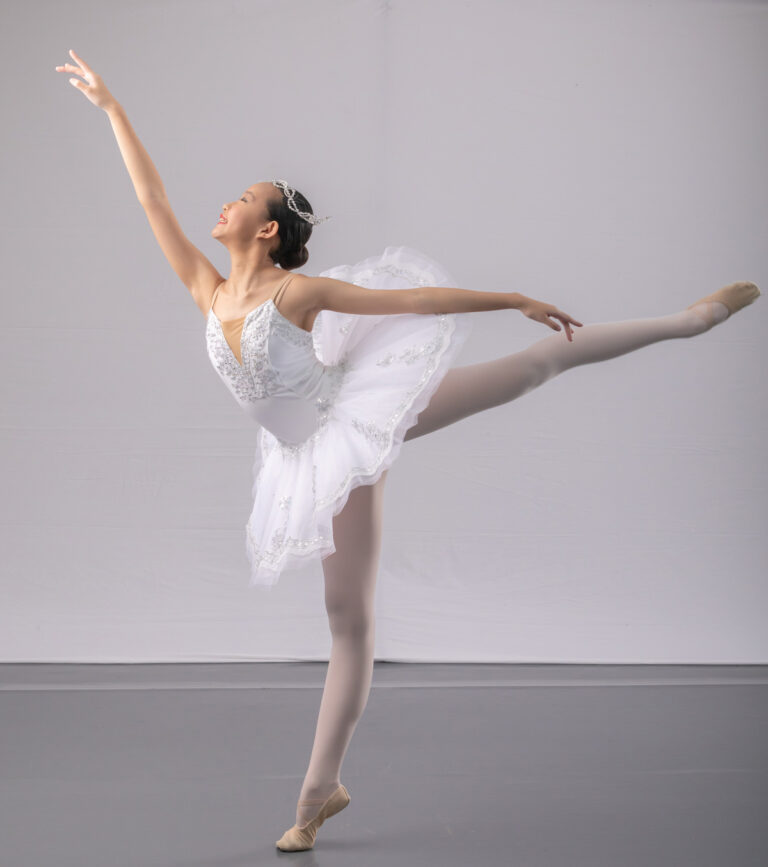
The Value of Physiotherapy for Dancers
Lead Rehabs is one of the leading Dance Injury Physiotherapy Clinic in Chennai. Physiotherapy involves the prevention and treatment of dance related injuries. Whether you’re just starting out as a dancer or are at a professional level, we can help you achieve your goals and be the best dancer you can be!
Physio for dancers is a specialised area of Physiotherapy that involves the prevention and treatment of dance related injuries. At Lead Rehabs we are experts in the field of physiotherapy for dancers. All of our skilled therapists have a strong and varied background in dance to truly understand your needs as a dancer. Education and empowerment of dancers is our top priority. With an understanding of your own body, you will get the results you desire and help prevent injury
Injury prevention screening – through our special Dance Assessments
────
Performance Enhancement
────
Dance Injury Treatment – for all types of dance related issues including injuries and overuse problems, particularly for the foot/ankle/lower leg, low back, and hip.
────
Dance Injury Rehabilitation
────
Pre Pointe Assessments
What does a Physio do?
Physiotherapy treatment is based on identifying the cause of your problem and then using “hands-on” techniques, movement re-training, specific rehabilitation exercises and education to treat it. Our key goal in Physiotherapy is to find out what is causing your problem – this is the tricky bit and the bit we love! At LEAD REHABS we go out of our way to keep things uncomplicated; the single most effective tool we employ is open and clear communication. Our goal is to improve your movement and make you feel better than when you walked in the door. Physiotherapy for dancers is the best choice!
Common dance injuries or dance issues we treat at Performance Medicine include:
- Flexor Hallucius Longus Tendinopathy
- Posterior Impingement
- Metatarsal stress fractures
- Medial Tibial Stress Syndrome (MTSS) (“shin splints”)
- Stress fractures of the bones of the foot
- Tibial stress fractures
- Posterior ankle impingement
- Anterior hip impingement
- Hamstring tears
- Low back pain
- Muscular imbalance
- Joint restriction
- Flexibility issues
- Injury prevention programs
- Postural assessments
